VR Gaming: Building Your Own Oculus Rig
Peter Donnell / 9 years ago
Building Your Own Rig
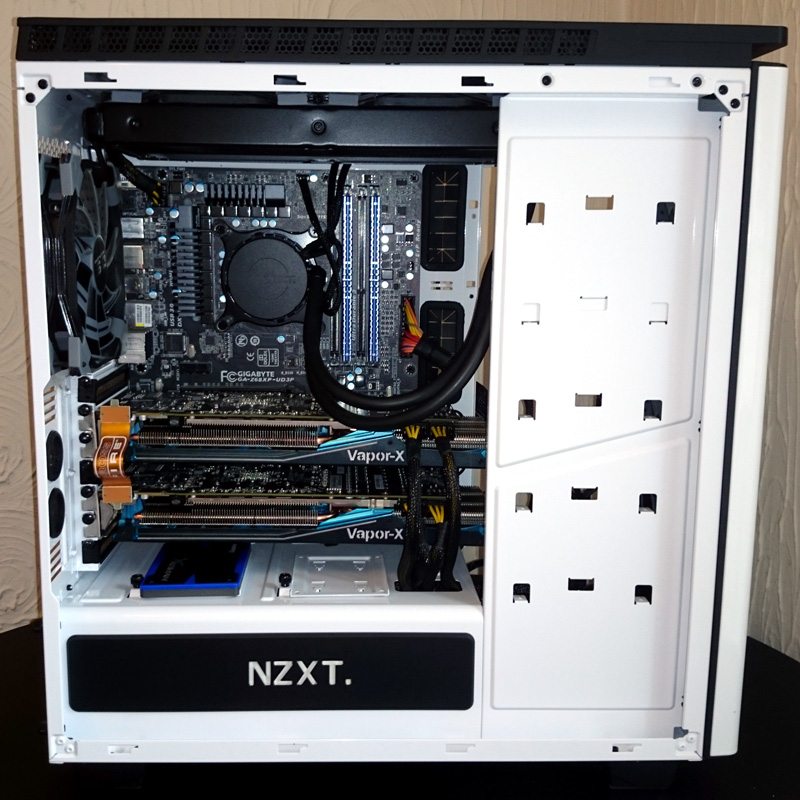
Specifications
- Gigabyte GA_Z68XP-UD3P
- Intel Core i5 3570K
- 2 x Sapphire R9 280X Tri-X Vapor-X 3GB
- Kingston 120GB SSD
- Kingston HyperX Predator 2400Mhz DDR3 8GB Kit
- Seasonic 1000W Platinum PSU
Additional Specifications
- NZXT H440 Chassis
- Aerocool DS 140mm Fans
- NZXT Kraken X60
Picking the right graphics card
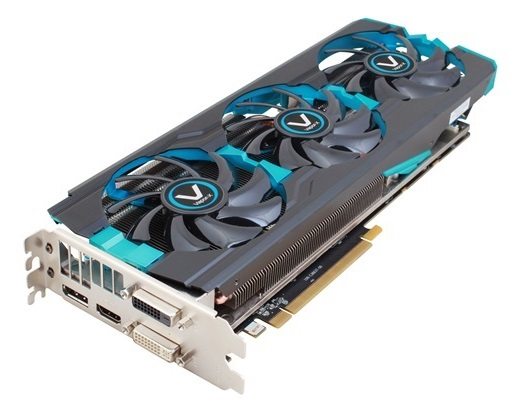
There are a lot of great graphics cards out there that are Oculus Rift capable, this is especially true of the latest Nvidia cards such as the GTX 980, 970, as well as other powerhouses such as the 780 Ti, Titan and many more; in my personal opinion, anything from a GTX 680 upwards should be good and if you can get two in for SLI, even better. AMD fans will benefit from most of the R9 series cards, so the 270x, 280, 280x, 290, 290x and 295×2 will all work wonderfully. I’ve chosen to install a pair of Sapphire R9 280X’s which may seem odd to many, but I have good reasons. Installing a pair of GTX 980’s would be wonderful, but that’s not really within the reach of most gamers, it’s damn expensive for one! A new GTX 980 will set you back near as makes no difference, £500. If you want more bang for your buck, then a pair of Sapphire 280X’s that are factory overclocked and feature a massive cooler will offer you a lot more performance for slightly less money. Of course, you can always tailor what you need to your own budget, but more often than not, people think they need a Titan Z, when they really don’t.
I’ve chosen to install a pair of Sapphire R9 280X’s, which may seem odd to many, but I have good reasons. Installing a pair of GTX 980’s would be wonderful, but that’s not really within the reach of most gamers, it’s damn expensive for one! A new GTX 980 will set you back near as makes no difference, £500. If you want more bang for your buck, then a pair of Sapphire 280X’s that are factory overclocked and feature a massive cooler will offer you a lot more performance for slightly less money. Of course, you can always tailor what you need to your own budget, but more often than not, people think they need a Titan Z, when they really don’t.
Dual video outputs are essential, as you’ll want one for your desktop display and another for the Oculus Rift. While your monitor can run off any connection you desire, you will need a spare DVI-D or HDMI port for the Rift
Picking the right motherboard
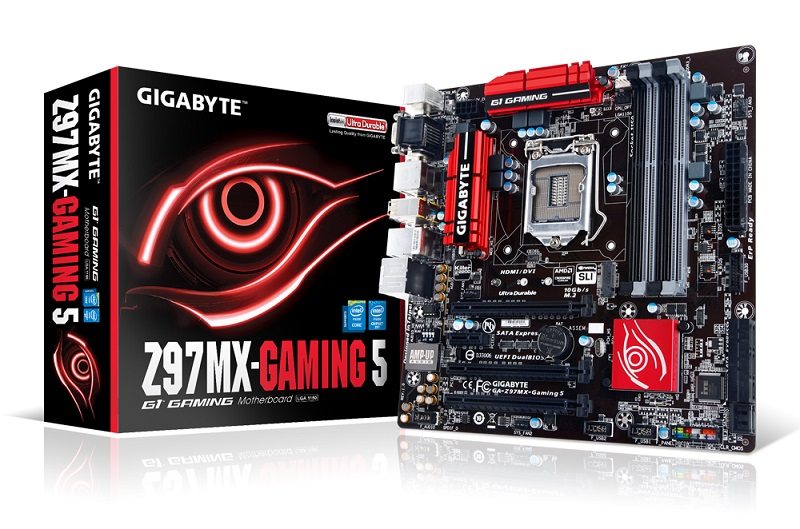
Right now, there are loads of fantastic motherboard that offer most of the high-end levels of performance of flagship motherboards, at a fraction of the cost of many of the enthusiast grade boards. Some of the best in terms of features vs cost right now are the Gigabyte Gaming 5 series boards, which are available in Mini-ITX, Micro-ATX and ATX form factors. For most people, an ATX board will be suitable for most users, as they offer a few extra PCIe slots for multiple GPU configurations and usually have better connectivity options in general.
Keep in mind that Oculus Rift is going to want two of your USB ports, which is something you should take into consideration when picking your board, as it may not be ideal to connect it via USB hubs and expect optimal performance.
Typically, you will also want a motherboard that supports overclocking. The board I’m using, the Gigabyte Z68 provides more than enough headroom to take my i5 all the way up to 4.6Ghz with an off-the-shelf AIO water cooler, so I’ll be sticking with that until the new year.
Picking the right CPU
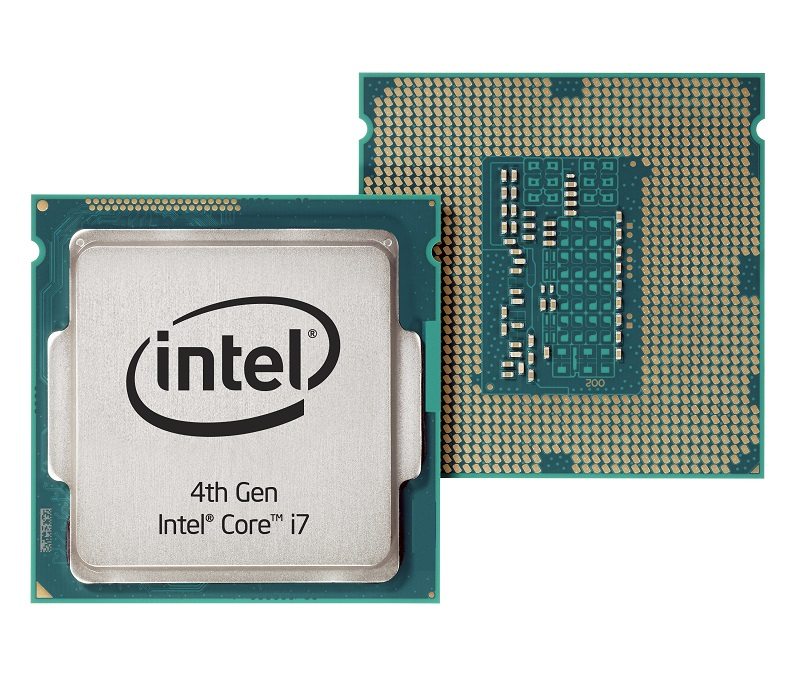
This is the tricky part, as a lot of the Oculus Rift content right now is GPU intensive rather than CPU intensive. However, the Oculus software that does the 3D trickery needed to display the games properly, can be quite CPU demanding. As with any good gaming rig, you should be looking at a fast, multi-core processor and this is one area you don’t really want to be cutting corners.
A high end i5 or i7 K-series processor or above is a safe bet, Ivy Bridge will offer you some savings, but if you can stretch to a newer Haswell architecture chip then you’ll end up with a little more performance and better efficiency from your system overall.
AMD APUs do work with Oculus Rift, but don’t expect the best in terms of performance on more demanding applications, as a dedicated CPU + GPU combo is better suited to the task of 3D gaming.
AMD hardware, the same rules apply as Intel CPU. A quad core (or above) overclockable processor is your best option, something like the FX-8350 4.0GHz AM3+ would be perfect for the job, and it’s not too expensive either.
Other components to consider
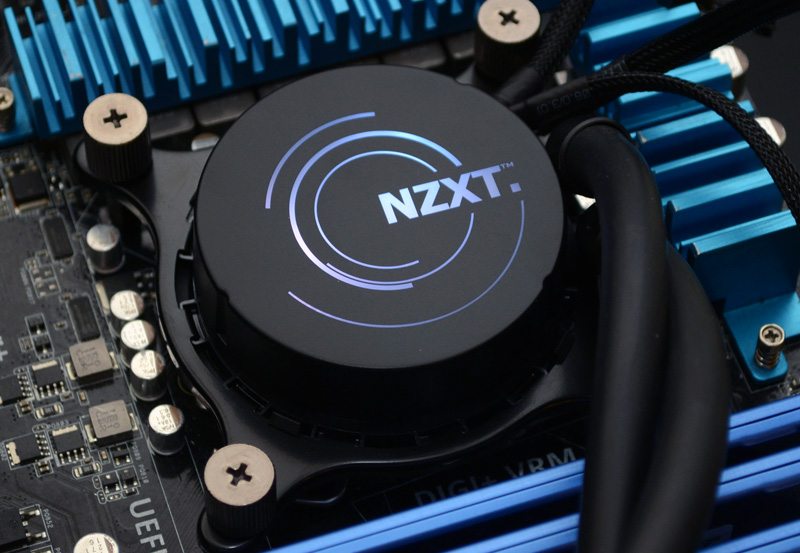
RAM that is capable of matching the maximum speed of your overclocked processor, within the limits of what your motherboard can manage, is a great thing. The faster you can get, the better. Ideally anything, and I’d stress a minimum, of 1866Mhz DDR3 8GB or above would be a good start, anything faster is better and bumping that up to 16GB couldn’t hurt either; just keep in mind that memory prices are currently quite high and a good 8GB set can set you back around £80.
A reliable cooler is an important investment for anyone planning to overclock their CPU. Stock coolers are noisy and typically run quite hot. The last thing you want when trying to get lost in the world of VR is a noisy fan blasting away. There are many great options for CPU coolers, but some of the ones that stand out for me personally would be any trusted brand of water cooler; such as those from NZXT, Corsair, Cooler Master, Raijintek or Enermax.
Never buy a cheap power supply!
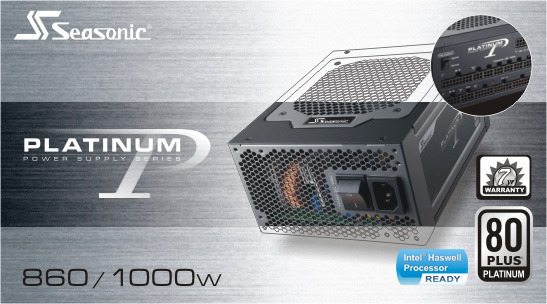
Power supply, I can’t stress how important this component is in literally any system build. Time and time again I’ve seen people going for a cheaper model PSU just so they can get a faster graphics card; do not do this! Look at the best power supply you can afford, then save another week and get an even better one! You will not regret it in the long run. More often than not, a high-quality, highly efficiency power supply is more likely to save you money on your electricity bill, while also offering reliable performance that shouldn’t result in power surges bricking your shiny new hardware. I’ve chosen a 1000W Platinum Rated Seasonic power supply, which is pretty expensive, but it’s sure to last me a long time, survive a few upgrades and it has more than enough power to feed my overclocked CPU and monster sized graphics cards.



















